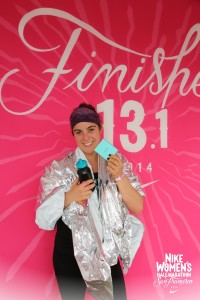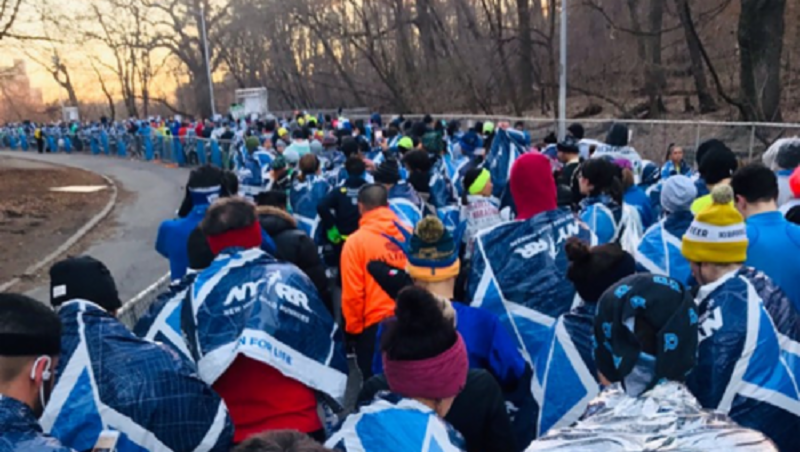The Flip Side of Temperature Control – Heatsheets and Warm Weather Events
#TheWrap – Race Industry News for the Week of 5/4/2015
May 5, 2015Heatsheets Reflections, Volume 1 – New York City, 1978
May 7, 2015The following is Heatsheets sponsored content by President Chris Falk for Your True Colours magazine and is republished with permission.
You’ve trained hard for months, why surrender all that effort to a preventable injury? Wherever the barometer lies, the management of body temperature is a crucial piece of endurance event safety that all participants – and even spectators – should keep in mind. You’ve already put so much time and energy into preparing your body, don’t risk your health on the big day on a problem so easily solved.
Heatsheets’s products strive to protect the human body from temperature-related injuries and while we’re typically front-of-mind when it comes to post-race warming solutions, Heatsheets have also been demonstrated to be effective as a post-race cooling tool for warm weather events.
After miles of physical exertion, the sudden stop can lead to a rapid bodily cool-down that, depending on the weather, can lead to dangerous and even hypothermic conditions. But in warm weather races, runners also struggle to find relief from the heat after crossing the finish. The risk of dehydration and heat stroke, a condition that kills over 650 Americans annually, according to the Centers for Disease Control (CDC), is high.
In the excitement of a race’s last few miles when participants are stretched to their physical limits and focused on the finish line, racers are in danger of mistaking the early signs of heat stroke for regular exhaustion. The typical lightheadedness and muscle cramps of this heat-related injury can easily be dismissed as the effects of running for several miles. This makes post-race self care as important in warm weather events as in cold.
For the most recent example of the havoc heat can wreak on the human body when it comes to endurance events, look to the 30th Annual L.A. Marathon on March 15 of this year. While L.A. is usually warmer than most places, this year’s race day saw record highs over 90 degrees, well above a typical balmy California spring Sunday.
When the forecast began to climb as the weekend drew closer, the L.A. Marathon bumped the start time up by half an hour to let runners cover as much ground as they could before high noon. Heatsheets sent reminders to race officials that the blankets can be flipped to deflect some body heat as well as a social media blast to inform racers of Heatsheets’s dual use.
Despite all that, the unseasonably high temperatures still took their toll on several runners, demonstrating just why most races aren’t held in the middle of summer.
When most people think of Heatsheets, they think of runners using Heatsheets blankets to stay warm after a race. But when reversed – shiny side out – they are effective tools for deflecting sunlight to allow the body to cool more rapidly post-race. And under our starting line campaign, Heatsheets capes and blankets can be effective to keep runners from overheating before exertion even commences in the starting corral.
All athletes, from the serious to the amateur, should always take care to prevent injury. Temperature-related conditions from dehydration to heat stroke to hypothermia are among the most easily-prevented so take care this summer to keep cool and listen to your body when it comes to performing outdoors.


